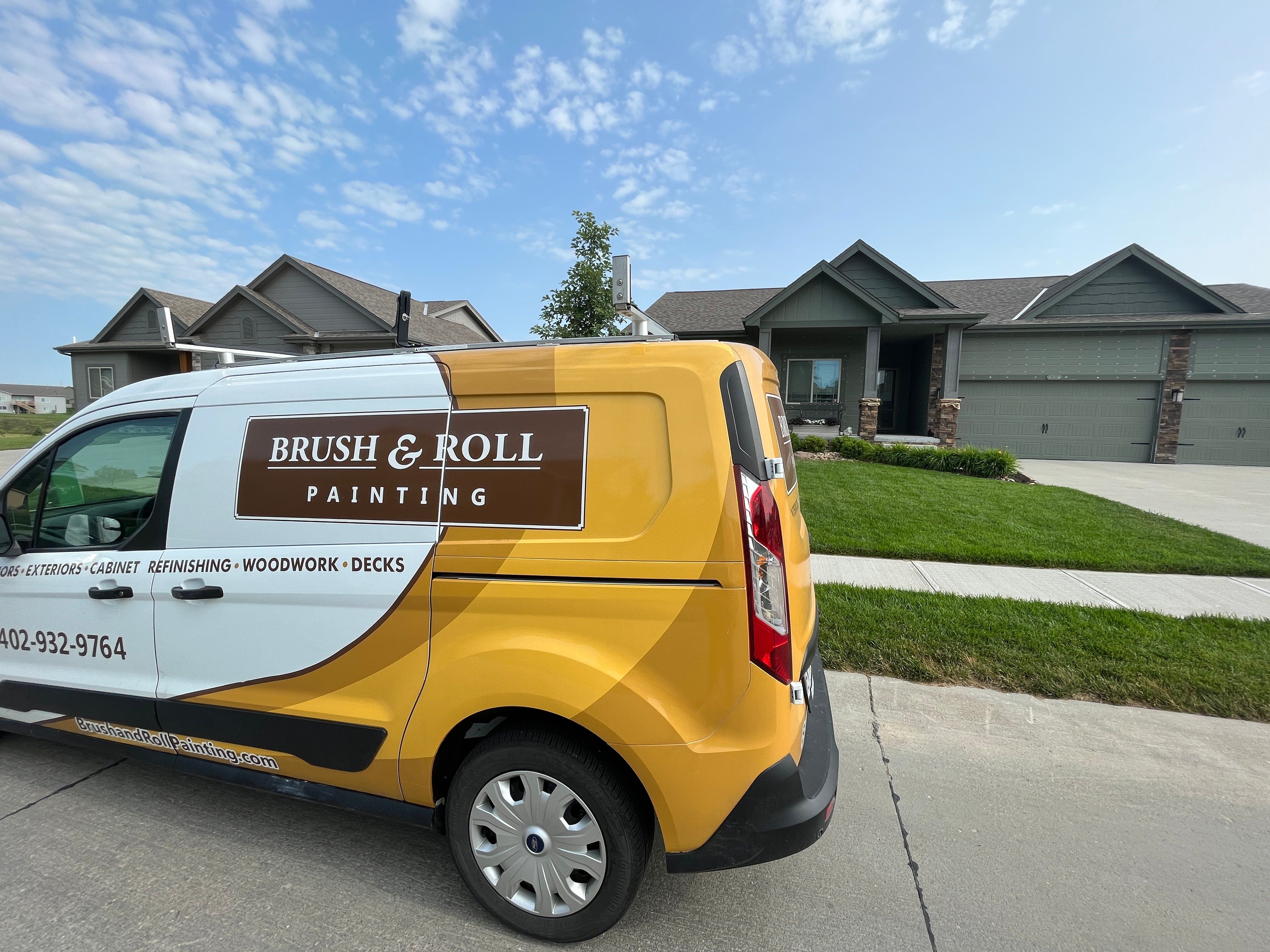Common Kitchen Cabinet Painting Problems
March 25th, 2024
4 min read
-Mar-25-2024-02-34-49-3976-PM.png?width=800&height=418&name=Blog%20Post%20Image%20Size%20(1)-Mar-25-2024-02-34-49-3976-PM.png)
Are you tired of the outdated look of your kitchen cabinets but hesitant to start the project? You're not alone. Many homeowners face the dilemma of wanting to update their cabinets but are intimidated by the potential challenges that come with the process.
Brush & Roll Painting is a premier cabinet refinishing company in Omaha, NE. With nearly 30 years of experience, our cabinet refinishing process is set up to overcome any challenges that come to your project.
In this article, we'll address some of the common challenges that you could encounter when having your cabinets refinished. These challenges could delay your project and potentially raise the costs. But by reading this article to know what these problems could be and can help you feel prepared. This article will also help you know what to look for while hiring the best painter for your project.
When Cabinet Refinishing Challenges Arise
Every project is different. For some, a few of these challenges occur, and others might not face any.
Many of these challenges can stream from contractors with minimal experience. Well-experienced contractors with a detailed process will be prepared and know how to tackle all of these challenges.
No matter the situation, your contractor should communicate any pressing issues with you as soon as they run into them. When investing in your home, you deserve better than to pay surprise charges at the end of your project.
Common Cabinet Refinishing Challenges
Temperatures vs Cabinet Painting
When it comes to cabinet refinishing, the temperature plays a crucial role in achieving optimal results. You might not realize it, but the temperature of your environment can significantly affect the outcome of the refinishing process.
Ideally, the painters should work in conditions that are neither too hot nor too cold. Extreme temperatures can lead to improper drying, bubbling, or uneven application of paint or stain.
Before diving into your cabinet refinishing project, make sure your painting company or contractor has a process in place to protect your cabinets from harsh temperatures. Additionally, be sure that the finishers work in a well-ventilated area to ensure proper airflow and drying.
Current Cabinet Condition
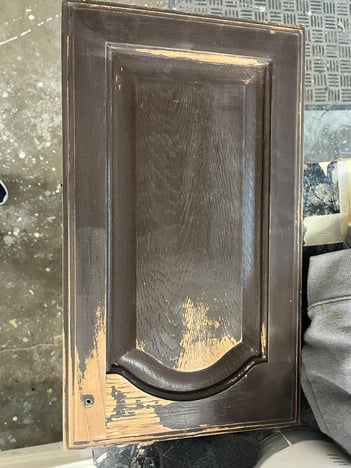
The current condition of your cabinets can greatly impact the time it takes to have a smooth cabinet refinishing project. If your cabinets are structurally sound but have minor surface imperfections such as scratches, dents, or dings, these can typically be addressed through sanding and filling before refinishing.
However, if your cabinets have more significant issues such as cracking, water damage, warping, or peeling veneer, refinishing alone may not be sufficient. In these cases, you may need to consider more extensive repairs or even cabinet replacement to achieve the desired result.
Contaminates on Cabinets
Contaminates on your cabinets can be a significant hurdle in achieving a smooth and flawless finish. Grease, oils, and residues from cooking can build upon cabinet surfaces over time, making it challenging for paint or stain to adhere properly. Before refinishing, your cabinets must be thoroughly clean and degreased.
Finishers can use a mild detergent or degreaser to remove any built-up grime and ensure the surfaces are completely dry before proceeding with the refinishing process. Additionally, they should inspect the cabinets for any other contaminants such as wax or silicone-based polishes, as these can also interfere with the adhesion of new finishes.
Products Used on the Cabinets
The previously used products on your cabinets can impact the new refinishing project. It’s important to have a clean, sanded, and primed base for the cabinets before applying any new product.
Often, the old products used can be difficult to fully remove. This takes more effort, time, and materials for finishers than an average job to get smooth results.
Wood Grain and Texture On Cabinets
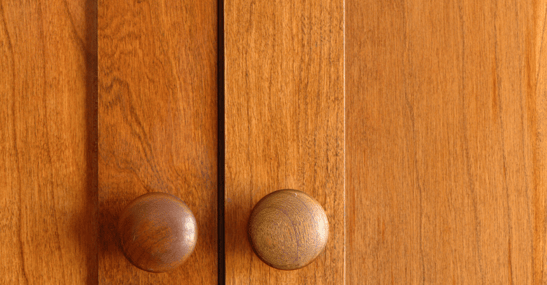
One common challenge in cabinet refinishing is dealing with the natural grain and texture of the wood. Depending on the type of wood and its grain pattern, achieving a smooth and uniform finish can be tricky.
Some woods, such as oak or pine, have pronounced grain patterns. If you do not want any grain patterns to be clear, you should address that while getting quotes for your project. Depending on the finish you want, this could be an additional cost.
To address this challenge, it's essential the finishers properly prepare the wood surface by sanding it to remove any roughness or imperfections. Using a high-quality wood filler or caulk can help fill in any gaps or grooves in the wood grain, creating a smoother surface for painting or staining.
Dust and Debris From Refinishing Cabinets
Dust and debris can pose a significant challenge during the refinishing process, as they can settle on freshly painted or stained surfaces, leading to a rough or bumpy finish. Controlling dust and debris is essential for achieving a professional-looking result.
To minimize dust and debris, be sure you choose a contractor who has a plan to maintain a clean and well-ventilated area and will cover surrounding surfaces with drop cloths or plastic sheeting. Additionally, they should also use a tack cloth or microfiber cloth to wipe down surfaces before applying paint or stain to remove any remaining dust particles.
Changing Cabinet Color
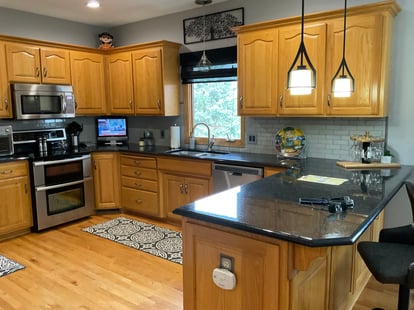
.jpg?width=415&height=311&name=Sheets%20After%203%20(1).jpg)
Deciding to change the color of your cabinets can breathe new life into your kitchen or bathroom. However, it's essential to understand that choosing a particularly light or dark shade might require additional layers.
Darker colors may require more coats of paint or primer to achieve full coverage, while lighter colors might reveal details and the grain in the wood more easily.
Every product will cover cabinets differently. Compare the types of products for cabinet refinishing to find the best one for you.
Drying and Curing Time of Cabinet Refinishing
Patience is key when it comes to cabinet refinishing, as proper drying and curing time are essential for achieving durable and long-lasting results.
Rushing the drying process can lead to tacky or sticky surfaces, while insufficient curing time can result in premature wear and tear.
To ensure proper drying and curing, your refinishing company should follow the manufacturer's instructions for the products they're using, and allow ample time between coats. They should avoid using the cabinets until the paint or stain has fully cured to prevent damage or smudging.
New Cabinet Hardware

Replacing cabinet hardware can extend the length of your project. If the handles or knobs are a different size, finishers will have to fill and cover the old holes. Then, they will have to measure and drill new holes to attach the new hardware.
While this may slightly extend the time it takes to finish your project, new hardware adds an amazing transformation to your project.
Conclusion
In conclusion, cabinet refinishing comes with its fair share of challenges. These challenges could delay the time it takes to finish your project and potentially increase the cost. By hiring the best cabinet refinishing company for your project, you can trust that they will overcome these challenges.
At Brush & Roll Painting, you don’t have to stress about these challenges. We refinish cabinet doors and drawers in a temperature-controlled shop that manages dust. With 30 years of experience, we also know how to tackle past products and contaminants to ensure your finished result looks flawless. Click the button below to start discussing your project with us.
Kaylea is the Brush & Roll Painting Content Manager. Kaylea is a Journalism and Media Communications summa cum laude graduate with a minor in Marketing from the University of Nebraska at Omaha. Kaylea manages the marketing for Brush & Roll Painting.


















-Jul-23-2025-02-21-33-5468-PM.png?width=800&height=418&name=Blog%20Post%20Image%20Size%20(2)-Jul-23-2025-02-21-33-5468-PM.png)



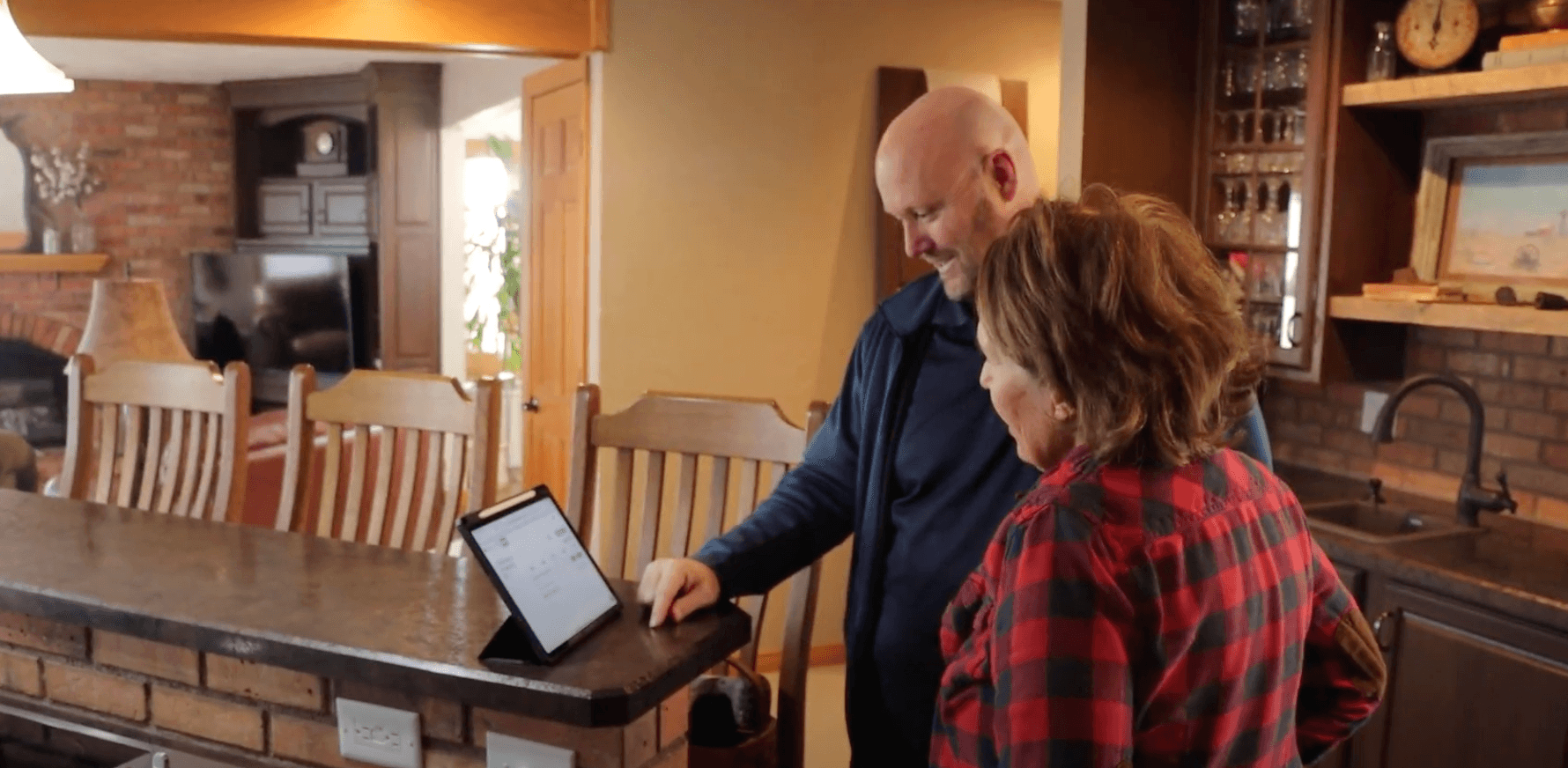
-Oct-22-2025-01-39-19-5208-PM.png?width=800&height=418&name=Blog%20Post%20Image%20Size%20(1)-Oct-22-2025-01-39-19-5208-PM.png)
